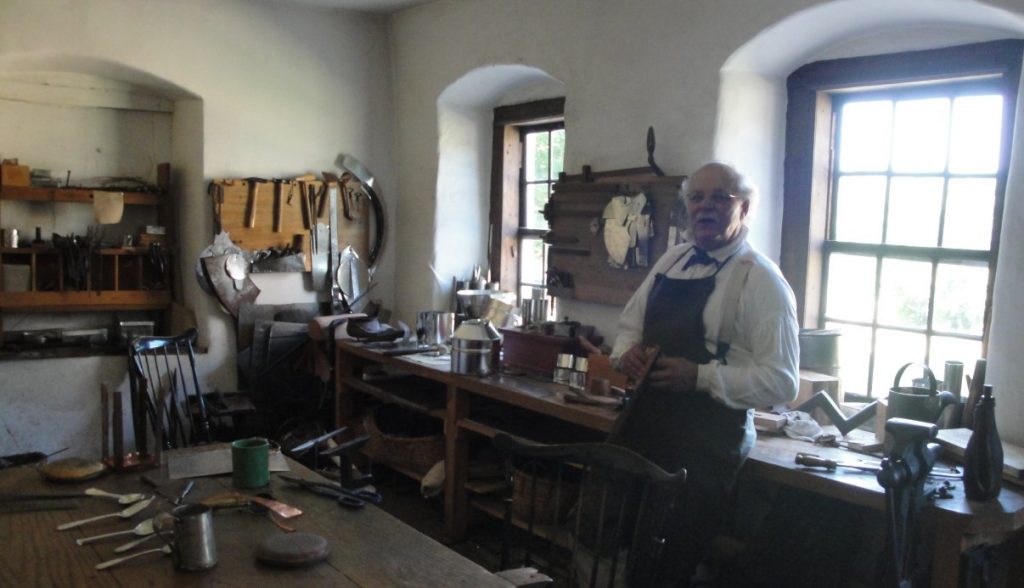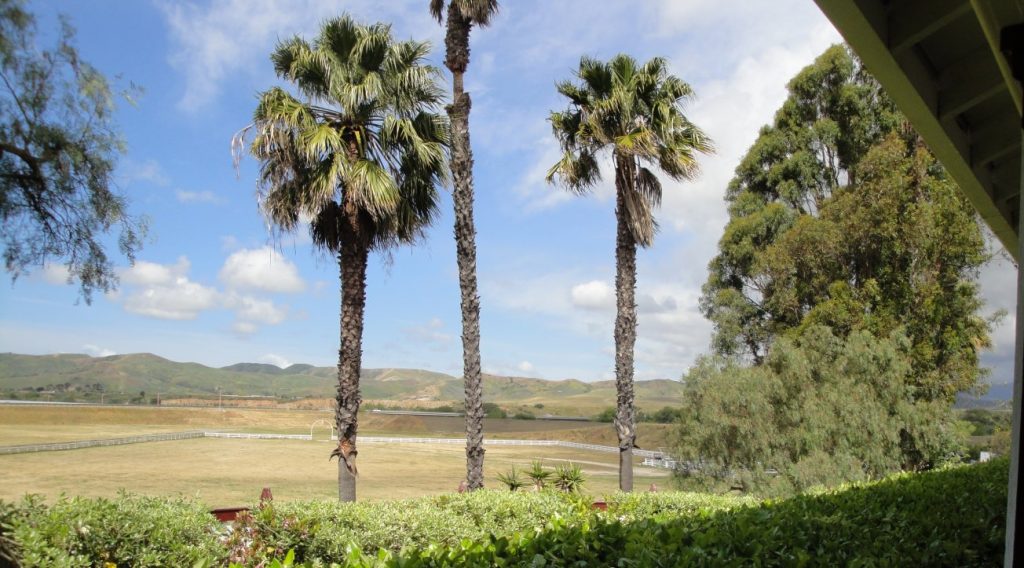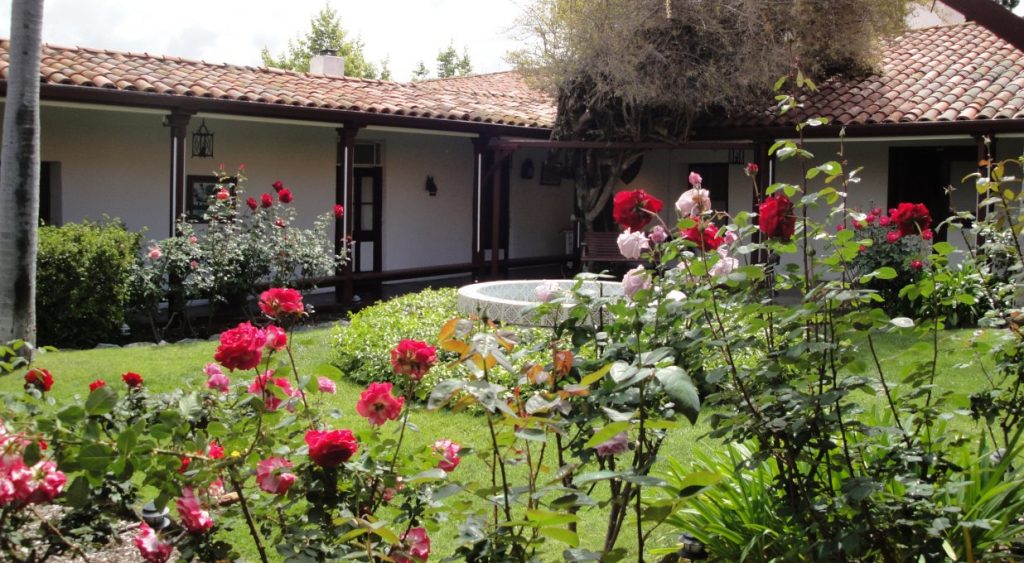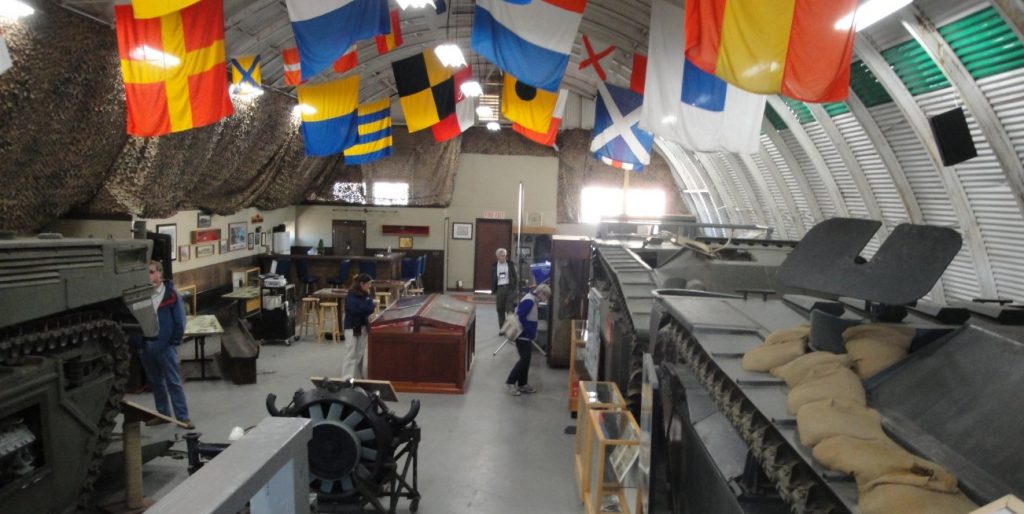I make distinctions among the terms leadership, management and administration, but when I wrote to a respected colleague that government should lead but not manage, I couldn’t make explain it well enough to make the distinction clear to him. The distinctions are subtle and not universally accepted, but I think we have to make them and much unpleasantness results when we mixed them up. Lots of books and seminar graduate seminars have addressed this question, so I am not going to say that mine is the final word or that the concept is settled. One of the many websites I found had a good and simple explanation that leaders lead people and managers manage tasks. Let me add that administrators administrate the rules. I think another good distinction is that leaders tell you why, mangers tell you how and administrators implement it.
Of course there is significant overlap, but there are also decided tendencies among people. My track record, which now goes back more than a quarter century, shows that I am a better leader than I am a manager and I am a downright poor administrator because I tend not to follow rules carefully enough. (Administration means following rules, while leadership often means changing them) I learned this the hard way, but I did learn. I few years back I turned down a position that would have led to promotion because the job consisted largely of administering rules. I told my incredulous bosses that if they put me in that job, sooner or later I would screw it up with some sort of unwarranted “innovation.” You have to know your limitations. It is simply not true that everybody can learn to do everything and it is important to know what you can do … and what you can’t.
If you look at successful leaders, you often find that you are really dealing with a team. You have a leader who makes broad plans and statements and has valuable insights. And then you have a good manger working nearby who makes these things work. A good leader should never hire a deputy who is like him/her. They need to have complementary skills and temperament. Harmony comes from the differences. There is often a crisis of leadership if the manger moves into the leadership position. Excellent mangers may ostensibly have the skills and qualifications to be excellent leaders but lack the temperament or the vision. On the other hand, leaders w/o good management skills or backup can drift aimlessly from one big, good but unimplemented idea to another. Deploying a great talent in the wrong time or place is the stuff or tragedies, all the more poignant when it brings down someone who has been wildly successful before.
Different situations call for different types of leadership, management or administration combinations. Leadership is usually most necessary when there is difficult to predict change. The cliché phrase used to be “paradigm shift.” Somebody needs to lead the way out of the old way or into the new one. In the case of significant discontinuous change, there is no reliable experiential road map to go by. Somebody needs to make a new path. This is very exciting and often very creative but also dangerous and destructive. Leadership must be flexible and arrangements are ad-hoc. Most of us do not like to live in such interesting times, although we do like to read about them, watch them on TV and imagine how we would have done better than those who actually called the shots.
If conditions are stable and predictable, leadership is less important. In fact, you can often get by with administrators and bureaucracies. The word bureaucracy is often used pejoratively, but bureaucracies can be phenomenally robust and efficient. Bureaucracy is based on rules and if the situation is well known, stable and predictable, you can make rules that actually work. The working of a computer is like a bureaucracy. It makes a series of if-then decisions and quickly comes up with reasonable results. But one reason it works so well in the cyber context is that computers don’t have personalities and they don’t get bored. People tend not to like bureaucracies because they limit or eliminate creativity. You simply are not allowed to deviate from form AB5055 or make up your own unique interpretation. If you do, it can have repercussions throughout the system.
Most organizations have mixtures of types, with some core functions administered in bureaucratic ways, some discretion among mangers and some leadership that responds to changes and takes risks. Success depends on deploying each appropriately.
So what about government and society?
I am not being facetious when I say that I love government and think that it is so precious that it should be used sparingly. Stable government is the prerequisite of civilization and a reasonably efficient and honest (or at least transparently corrupt) government, one that can and does protect property rights, is the prerequisite for a market economy. That is why true market economies did not develop until the around 300 years ago, along with the democratic revolutions, and why there are still some places they don’t work. But as with medicine, hearty food or fine whiskey, some is good but too much is unhealthy or even poisonous.
The old, “A man’s gotta know his own limitations” saying goes for big organizations too.
Lots of people have tried to explain the failure of government planning or socialism by referencing its lack of congruence with human behavior (i.e. people are greedy; they like to keep what they earn etc). Those things are important, but I don’t think this is the big flaw. Until the democratic revolutions of a couple centuries ago, all societies were top down (the king, pope or emperor told you what to do and when to do it, even if poor communications allowed people to avoid them day-to-day) and all complex societies relied heavily on government rules. Most pre-modern governments tried to establish “fair” prices and many societies even enforced specific rules for how people of various classes and groups were allowed to dress. It is indeed the case that power tends to corrupt people who have it and that somebody always takes advantage of opportunities provided by big government, but EVEN IF everybody was honest, unselfish and smart, it still wouldn’t work.
The problem for planners has to do with change and information flows. You can manage risk, but uncertainty creates real challenges. Effective planning requires a reasonable ability to predict future developments.To do this, you need to have a fair idea of what is happening right now and the relationships among the parts of the system. Even with the help of super computers, it has been impossible for central planners to aggregate and understand even a day’s worth of economic or social data. We (humans) do not do complexity well. So if you want to system to work, you have do it with a division of labor and you have to allow significant autonomy of decision making to smaller and dispersed units and individual. These people have the information about their limited spheres. They also have the incentive to use it well. Their millions of decisions are aggregated through the market mechanism. This is a positive good thing anyway. It is called freedom, but let’s just stick to pragmatism for now. It works better than the alternatives in the long run.
Now how about a paradox? We often hear criticism that we don’t have a plan for how to deal with big things like global warming, natural disasters, economic change etc. When people say this, what they mean is that we don’t have a centralized government blessed plan. But that doesn’t mean we have no plan. Actually, what we have is a process of distributed decision making. I have a plan for those things that are important to me. I seek information about these things to improve my chances of being right. Everybody has a plan and the total planning is greater and better than if some really smart officials did one big plan for us all. Beyond that, the distributed decision making is more robust. It may never be 100% right, but it can quickly respond to changes. It doesn’t work all the time; It just works better most of the time.
Having a process to make decision is more important than having a specific plan. The example I used to use was kayaking down a rapidly flowing river. I cannot tell you exactly what I will do when I come to a particular patch of white water or rocks because I am not sure of the conditions. But I am reasonably certain that I will know what to do because I have a process to make those sorts of decisions.
To sum up, as I have said on other occasion, government has a crucial role in providing the legal and often the physical infrastructure that allows people to plan for their own lives and prosper. In times of crisis, government may grow and take on role that the people would generally do by themselves. But when the crisis is over, it should again shrink down to its appropriate tasks and size. This is what happened after World War II, when the enormous U.S. war machine, which had of necessity regimented the country to fight totalitarian dictatorships, reverted to peaceful and usually private leadership, management and administration.
Those totalitarians had detailed plans. We have a decision making process in the interaction between smaller government, individuals and organizations knit together with the mechanism of aggregated choice. I like our system better. IMO, this is the more natural system. In a working ecology, various forces work themselves out in relation to each other w/o a plan, but with a process. You can see how it works in the picture above. Nobody planted any of those things, but they are sort of spaced out right anyway.



















